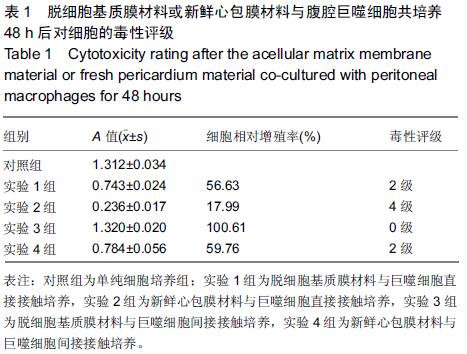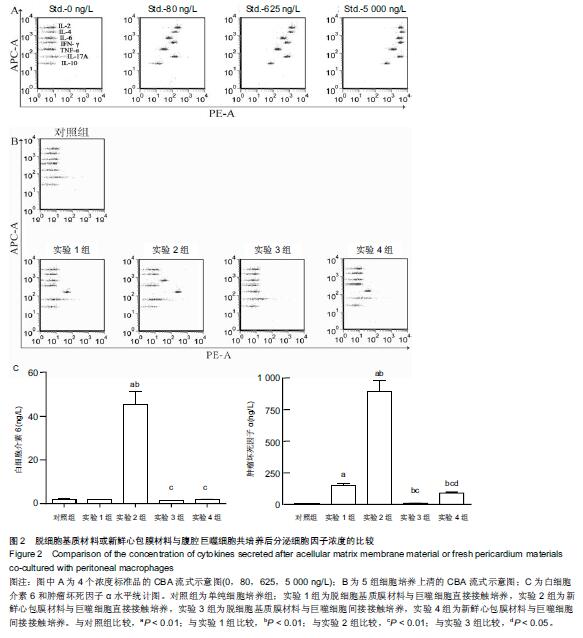[1] Liu VW,Huang PL.Cardiovascular roles of nitric oxide: A review of insights from nitric oxide synthase gene disrupted mice.Cardiovasc Rev.2008;77(1):19-29.
[2] Ray A, Dittel BN.Isolation of mouse peritoneal cavity cells.J Vis Exp.2010; (35):1488.
[3] Malaviya R,Gow AJ,Francis M,et al.Radiation-induced lung injury and inflammation in mice: role of inducible nitric oxide synthase and surfactant protein D.Toxicol Sci. 2015;144(1): 27-38.
[4] Hidalgo LG,Halloran PF.Role of IFN-gamma in allograft rejection.Crit Rev Immunol.2002;22(4):317-349.
[5] Dejager L,Dendoncker K,Eggermont M,et al.Neutralizing TNFα restores glucocorticoid sensitivity in a mouse model of neutrophilic airway inflammation.Mucosal Immunol.2015.doi: 10.1038/mi.2015.12.
[6] Arnold CE,Gordon P,Barker RN,et al.The activation status of human macrophages presenting antigen determines the efficiency of Th17 responses. Immunobiology. 2015;220(1): 10-19.
[7] Farage MA,Miller KW,Elsner P,et al.Maibach characteristics of the aging skin.Adv Wound Care (New Rochelle). 2013;2(1): 5-10.
[8] 崔福斋,冯庆玲.生物材料学[M].北京:清华大学出版社, 2004: 261-277.
[9] 姚康德,尹玉姬.组织工程相关生物材料[M].北京:化学工业出版社,2003:255-256.
[10] 王身国,杨健,蔡晴,等.组织工程用生物材料及细胞支架研究进展[J].中华整形外科杂志,2000,16(6):328-330.
[11] Saboo S, Ouyang H,Tay JTE.Characterization of a novel polymeric scaffold for potential application in tendon/ligament tissue engineering.Tissue Eng.2006;1(12):91-99.
[12] 生物材料和医疗器材生物学评价技术要求.卫生部药政管理局, 1997.
[13] 医疗器械和材料生物相容性评价.国家药品监督管理局医疗器械司,2001.
[14] 郝和平.医疗器械生物学评价标准实施指南[M].北京:中国标准出版社,2000:102, 285-295, 334-347.
[15] Radulovic K,Niess JH.CD69 Is the Crucial Regulator of Intestinal Inflammation: A New Target Molecule for IBD Treatment? J Immunol Res.2015. doi: 10.1155/2015/497056.
[16] Kasahara DI,Kim HY,Mathews JA,et al.Pivotal role of IL-6 in the hyperinflammatory responses to subacute ozone in adiponectin-deficient mice. Am J Physiol Lung Cell Mol Physiol. 2014;306(6):L508-520.
[17] Ju JM,Lee H,Oh K,et al.Kinetics of IFN-γ and IL-17 Production by CD4 and CD8 T Cells during Acute Graft- versus- Host Disease.Immune Netw.2014;14(2):89-99.
[18] 闻学雷,张彩霞,刘晓亮,等.生物材料体内外试验相关性研究—体外白细胞趋化试验与体内肌肉埋植试验的相关性探讨[J].生物医学工程学杂志,1999,16(3):15.
[19] GB/T16886.1-2001/ISO 10993-1:1997,医疗器械生物学评价-第1部分:评价与实验[S].
[20] 步宏,王华,魏启欧,等.异种移植与中国地方猪种资源的利用[J].中国修复重建外科杂志, 2000,4(2):115.
[21] Humphrey JD,Dufresne ER,Schwartz MA. Mechanotransduction and extracellular matrix homeostasis. Nat Rev Mol Cell Biol.2014;15(12):802-812.
[22] Bonnans C,Chou J,Werb Z.Remodelling the extracellular matrix in development and disease.Nat Rev Mol Cell Biol. 2014; 15(12):786-801.
[23] Fu RH,Wang YC,Liu SP.Decellularization and recellularization technologies in tissue engineering. Cell Transplant. 2014;23 (4-5): 621-630.
[24] Cai X,Chiu YH,Chen ZJ.The cGAS-cGAMP-STING pathway of cytosolic DNA sensing and signaling.Mol Cell. 2014;54(2): 289-296.
[25] Goubau D,Deddouche S,Reis e Sousa C.Cytosolic sensing of viruses.Immunity.2013; 38(5):855-869.
[26] Hornung V,Hartmann R,Ablasser A,et al.OAS proteins and cGAS: unifying concepts in sensing and responding to cytosolic nucleic acids. Nat Rev Immunol.2014;14(8):521-528.
[27] Crapo PM,Gilbert TW,Badylak SF.An overview of tissue and whole organ decellularization processes. Biomaterials. 2011; 32(12):3233-3243.
[28] 曹正国,李成章.常用蛋白交联方法及其对胶原的影响[J].国外医学:生物医学工程分册,2001,24(4):187-191.


